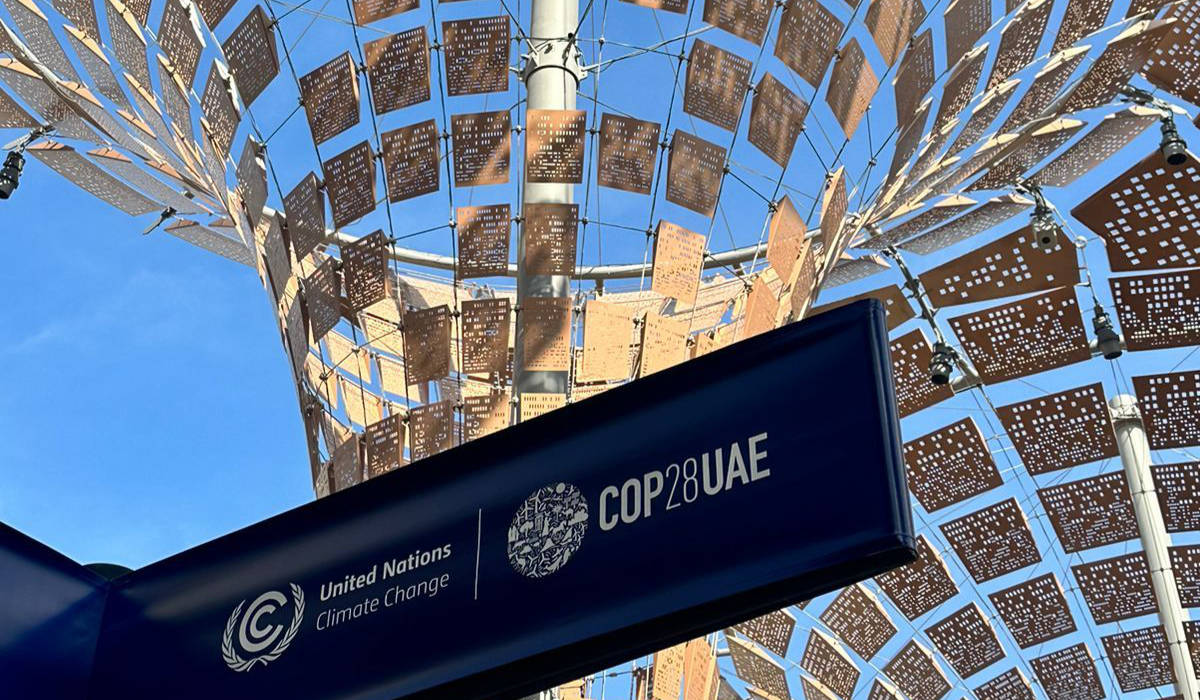For about 30 years, every year, diplomats get together to negotiate how to save the world from runaway climate change.
Skilled diplomats who specialise in climate legalese painstakingly negotiate a deal at the end of every year that balances countries’ economic issues and the desperate need to cut their greenhouse gas emissions in order to slow warming.
Climate diplomacy at these talks ensures the accurate assessment of other countries’ interests and intentions, and finds the needed space for agreement. The summit has a tradition of making decisions by consensus among nations rather than majority vote, which means that everyone has to be happy with the precise wording. And getting countries with vastly different values and visions to agree is a Herculean task. Yet climate diplomacy has evolved into an important tool in a country’s foreign affairs relations. It drives economic policy, but will also determine countries’ future trajectories.
Climate diplomacy is indeed a careful dance, and many consider it too slow to make a difference. Swedish youth activist Greta Thunberg is visibly frustrated with the pace, calling the talks “Thirty years of blah, blah, blah”.
But without the diplomats involved in making a deal that drags the process forward every year there would have been little to show.
One of the lasting impressions from the climate talks is the constant ongoing tensions of climate politics: a tug of war between the developed and developing worlds. Take China and the US, two of the world’s two biggest greenhouse gas emitters and economic rivals, for example. The China vs US dilemma is an example of where one nation fears that committing to too big an emissions cut will carve away its competitive advantage.
Also the debate rages on how much wealthy countries, who benefited from rapid development using fossil fuels, should pay. The fear is that if they admit to being responsible for the increase in emissions they will open themselves up to future lawsuits.
One of the most important tasks for the diplomats is to keep the dream alive at the end of every climate summit. People need to walk away with a sense of progress, David Victor, a political scientist at the University of California in San Diego, told Nature magazine.
The idea that this diplomatic process is “credible and alive and well”, Victor says, “is really, really important”.
But examining the outcomes, especially when compared with what the 2015 Paris Agreement delivered, it is clear that there has been progress and that nations are (slowly) moving away from fossil fuels towards clean-energy technology, and many experts agree that climate diplomacy has played a significant role in this.
Climate Action Tracker (CAT) examines the new climate policies that came about as part of the negotiations at the summits and estimates how many degrees the policies could shave off the predicted increase in average global temperatures.
If all 131 countries kept their pledges at COP26, the projected global temperature increase would be limited to about 2°C above pre-industrial temperatures. That is still short of the 1.5°C goal that was set at the summit in Paris in 2015, but a marked improvement compared with what scientists were predicting a decade ago.
And while their research shows that there is much work to be done, CAT said the pledges that had come about as a result of climate diplomacy had made a marked difference.



